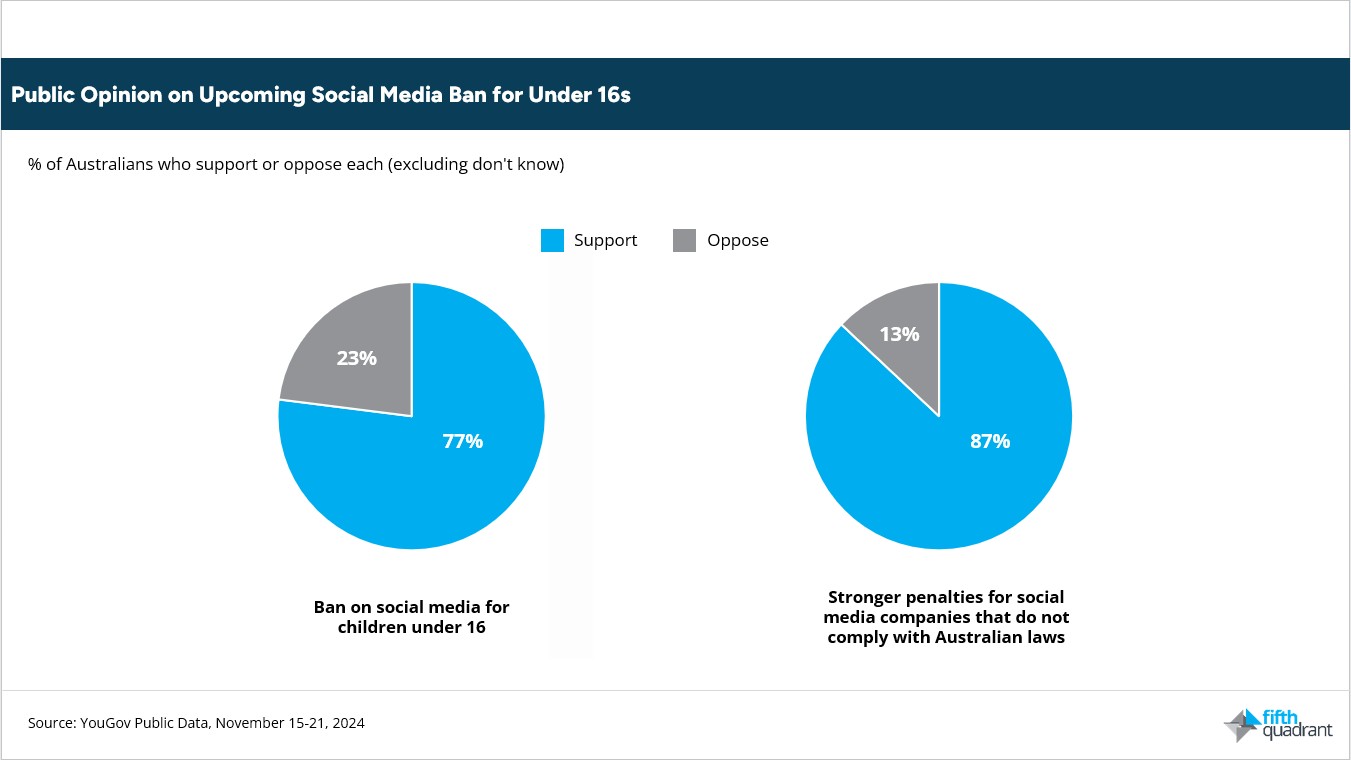Author: Nick Rassool | Posted On: 18 Dec 2024
In an unprecedented move, Australia has enacted legislation banning social media access for individuals under 16, marking a landmark intervention in youth digital protection. The policy, which will come into effect at the end of 2025, represents more than a simple regulatory change; it’s a profound reimagining of how we safeguard young people’s mental health, social development, and online safety in an increasingly digital world.

The Policy Landscape
The ban targets major social media platforms, including Facebook, Instagram, TikTok, Snapchat, Twitter/X, and social interaction features on YouTube. Its implementation involves sophisticated measures like strict age verification mechanisms and substantial financial penalties of up to AUD $50m for non-compliance. By mandating these safeguards, the government highlights its commitment to protecting the country’s young digital citizens.
The legislation passed with bipartisan support in November, following public concern over inadequate parental controls and escalating rates of social media-related harm among teenagers; a recent YouGov survey found that 77% of Australians back the ban, while 87% support the introduction of stronger penalties for social media companies that fail to comply with Australian laws.

Psychological and Social Implications
The policy stems from growing evidence of social media’s adverse effects on adolescent mental health. A study highlighted by The Atlantic reported a 50% increase in rates of teenage depression in the United States since the advent of smartphones and social media. This aligns with findings from The Diplomat, which underscored the role of platforms in fostering anxiety, body image issues, and social comparison among teens.
Young people will likely respond with creativity and adaptability. Alternative digital spaces, e.g., messaging apps, online gaming platforms, and collaborative environments, may emerge as new social connection points. Schools and parents will need to play a more active role in guiding digital literacy, emphasising critical thinking and responsible online engagement.
Ethical Considerations
The policy is not without controversy. Some critics, including those cited by CNA, warn that such restrictions might potentially limit freedom of expression or create underground digital spaces. However, Australia’s approach aligns with emerging global trends, including the United Kingdom’s Online Safety Act and the European Union’s Digital Services Act. These international developments reflect a growing global consensus about the need for robust digital protection mechanisms.
Technological Challenges and Digital Literacy
Implementing the ban requires overcoming significant technological hurdles. For example, sophisticated age verification systems must address vulnerabilities like VPNs and proxy servers. Moreover, the policy emphasises proactive digital education, teaching critical thinking, online privacy awareness, and responsible digital consumption.
Ongoing Research and Dialogue
Success will depend on continuous evaluation and collaborative research. Policymakers, researchers, parents, and young people must work together to monitor the policy’s effectiveness, understand potential unintended consequences on young people, and develop evolving digital protection strategies.
Conclusion: A Transformative Digital Moment
Australia’s social media ban represents more than a regulatory intervention. It’s a bold statement about societal values, youth protection, and our collective responsibility in the digital age. As we navigate this transition, adaptability, empathy, and continuous learning will be our most valuable assets.
The policy also represents a fundamental shift for businesses targeting youth demographics. With traditional social media avenues off-limits, companies must innovate to find different methods of marketing to young Australians. The true measure of the policy’s success will not be in strict enforcement, but in nurturing a generation that understands, respects, and critically engages with digital technologies. The digital landscape is not static—and neither should our approach to protecting its youngest participants.
Keep up to date with the latest research from Fifth Quadrant here. For any questions or inquiries, feel free to contact us here.
Posted in Uncategorized, Consumer & Retail, Social & Government, Technology & Telco, TL

